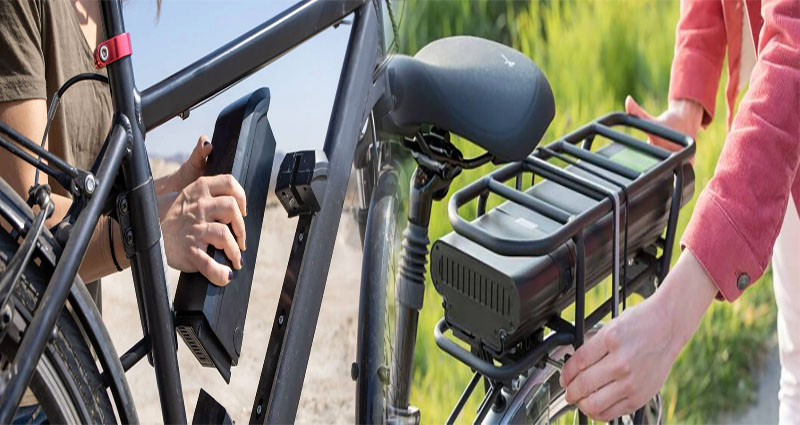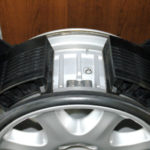When it comes to choosing an e-bike, one of the most important factors to consider is the type of battery it uses. E-bike batteries come in various types, each with its own set of advantages and limitations. In this article, we will explore and compare different types of e-bike batteries based on their range and power output.
1. Lithium-Ion (Li-ion) Batteries
Lithium-ion batteries are the most common type of battery used in e-bikes due to their high energy density and relatively low weight. These batteries offer a good balance between range and power output, making them ideal for most e-bike riders. Li-ion batteries are durable and have a long lifespan, providing consistent performance over time.
Range: Li-ion batteries typically offer a range of 20-50 miles per charge, depending on factors such as the rider’s weight, terrain, and level of pedal assistance.
Power Output: Li-ion batteries deliver consistent power output, making them suitable for both casual riders and commuters looking for reliability and efficiency.
2. Lithium Polymer (LiPo) Batteries
Lithium polymer batteries are a variation of lithium-ion batteries that provide higher energy density, making them lighter and more compact. LiPo batteries are known for their high discharge rates, which can appeal to electric bike riders looking for a boost in power.
Range: LiPo batteries generally offer a range similar to Li-ion batteries, ranging from 20-50 miles per charge.
Power Output: LiPo batteries are capable of delivering high power output, making them suitable for riders who want a more dynamic and responsive riding experience.
3. Nickel-Cadmium (NiCd) Batteries
Nickel-cadmium batteries were once popular for e-bikes but have become less common due to their lower energy density and heavier weight compared to lithium-based batteries.
Range: NiCd batteries typically offer a range of 15-30 miles per charge, making them less efficient than lithium batteries.
Power Output: NiCd batteries provide moderate power output, suitable for riders looking for a basic e-bike setup without the need for high performance.
4. Nickel-Metal Hydride (NiMH) Batteries
Nickel-metal hydride batteries are another type of battery used in e-bikes, offering a balance between the low cost of NiCd batteries and the performance of lithium batteries.
Range: NiMH batteries provide a range similar to NiCd batteries, ranging from 15-30 miles per charge.
Power Output: NiMH batteries deliver decent power output, making them a good option for riders seeking a reliable and cost-effective battery solution.
When comparing different types of e-bike batteries for range and power output, lithium-ion and lithium polymer batteries stand out as top choices for their balance of performance, efficiency, and durability. However, the best battery for your e-bike will ultimately depend on your specific needs and budget. We recommend considering factors such as range requirements, power output preferences, and overall riding style before making a decision on which type of battery to choose for your e-bike.











